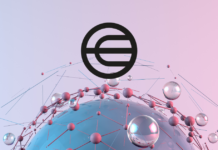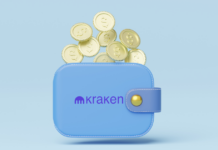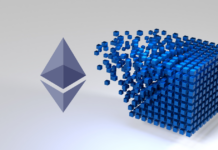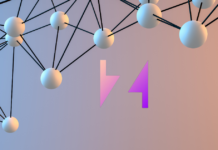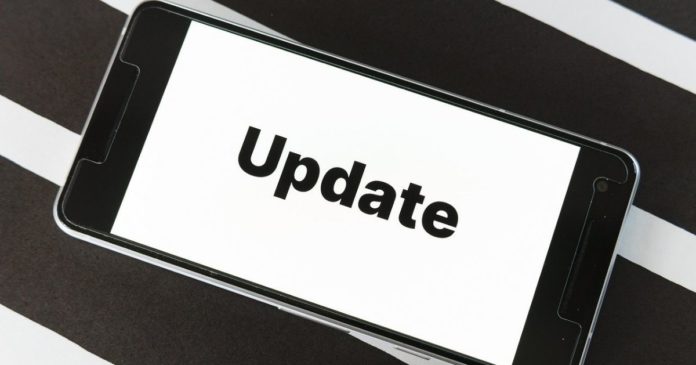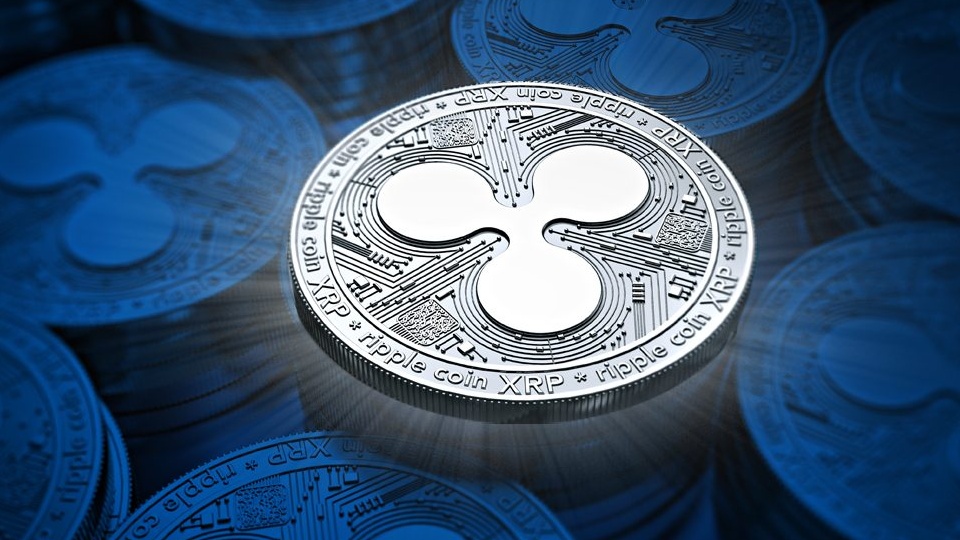Cardano recently released an update about its native tokens.
The update covered several areas of how native tokens are handled on the platform, including Cardano’s approach towards native tokenization. It also discussed how native tokens are used on Cardano and the necessity of native tokens on the platform.
Cardano’s Mechanism on Native Tokenization
Cardano has introduced an approach whereby tokens are being handled natively. This implies that the logic is according to the Cardano ledger instead of smart contracts. Through this mechanism, the tokenization process is superior to the standards of ERC-20 and ERC-721.
The fungible ERC-20 and non-fungible ERC-721 tokens on the Ethereum chain are non-native, despite being user-defined tokens. This also implies that the underlying ledger does not offer support directly to these tokens. This is due to the fact that ERC-20 and ERC-721 tokens differ from Ether, which is the native cryptocurrency on Ethereum.
Native Tokens Available on Cardano
On Ethereum, user-defined tokens must have a custom code before being supported on the chain. This leads to many complexities and greater costs because the code execution requires gas fees. Inefficiency may also surface because those token codes have to be adapted and replicated, instead of being an integral part of the system. This circumstance is a weakness in the Ethereum chain because human errors are likely to occur.
In Cardano, however, support is given to ERC-20 and ERC-721 tokens natively. This can be done through the native token’s framework, without requiring custom code. With the native tokens, an accounting system is established whereby such tokens become part of the cryptocurrency ledger. As a result, such tokens can undergo various transactions like tracking, sending, and receiving.
The use of custom code and expensive smart contracts are eliminated in this process. With native tokens, the unnecessary issues of complexities and inefficiency found in the Ethereum chain can be avoided.
Why Native Assets Are Necessary for Cardano
As a distributed ledger, Cardano requires native assets. The normal design of a distributed ledger requires it to track just a single asset type like its own cryptocurrency. As decentralization sets in, the ledger evolves to where there is now a need and possibility for more assets to be tracked.
With the native token functionality, the structure of the ledger model is now redefined to accept transactions that make use of various types of assets simultaneously. In this way, the native tokens on Cardano surpass the user-defined ERC-20 and ERC-721 tokens in regard to security and efficiency.
As of the time of publication, Cardano (ADA) price was $0.167164 with a 24-hour trading volume of $875,503,523. ADA price also went up by 9.8% over the last 24 hours. ADA has a circulating supply of 31.1 billion coins and a max supply of 45 billion. ZBG is the current most active market trading ADA.
For more cryptocurrency news, check out the Altcoin Buzz YouTube channel.


